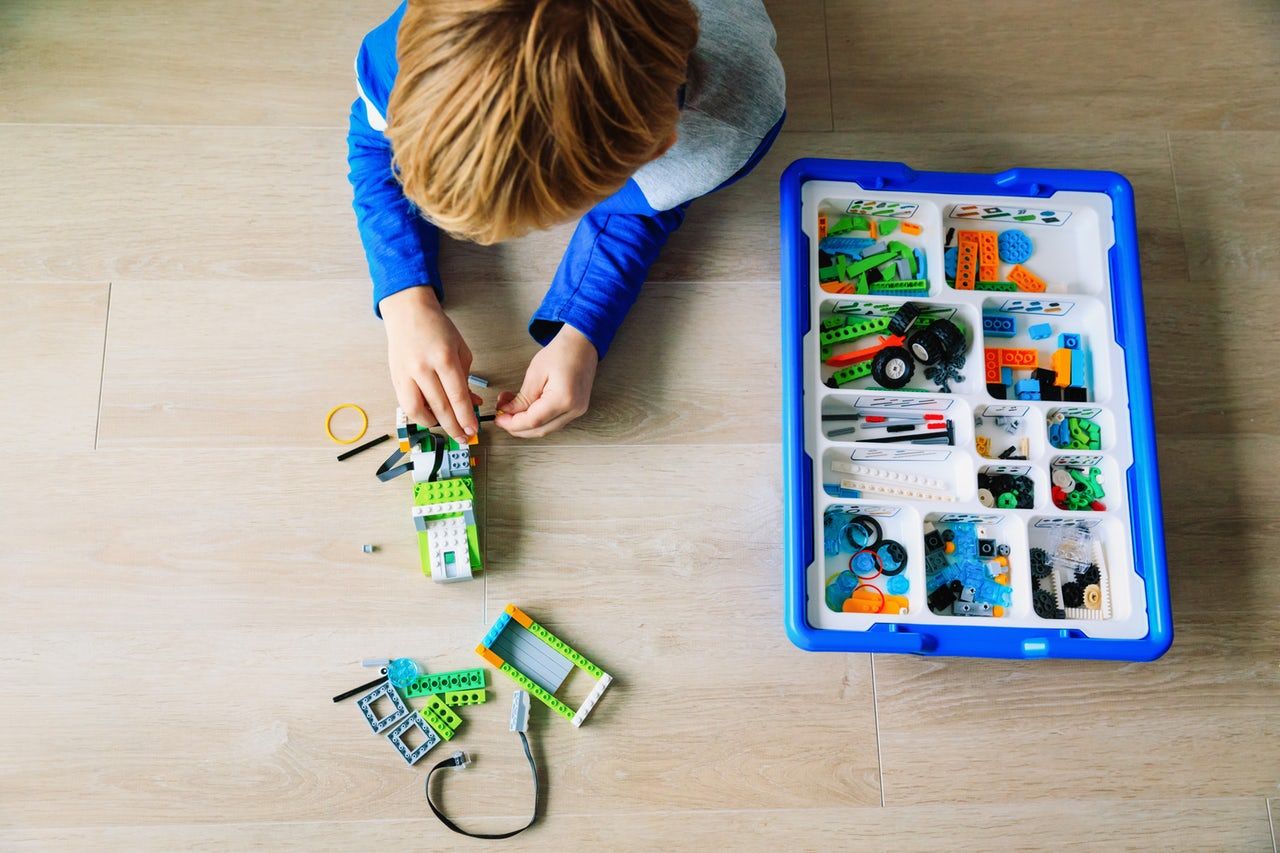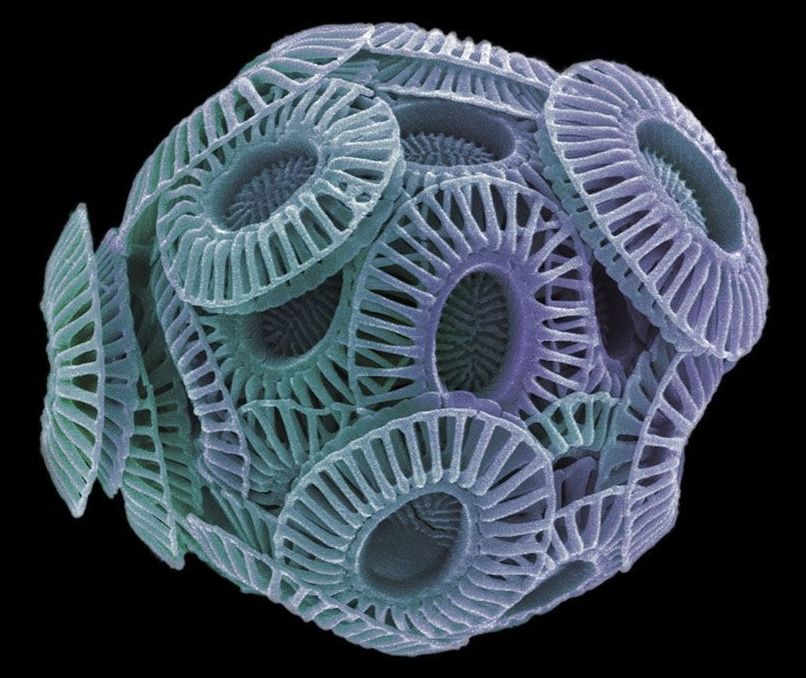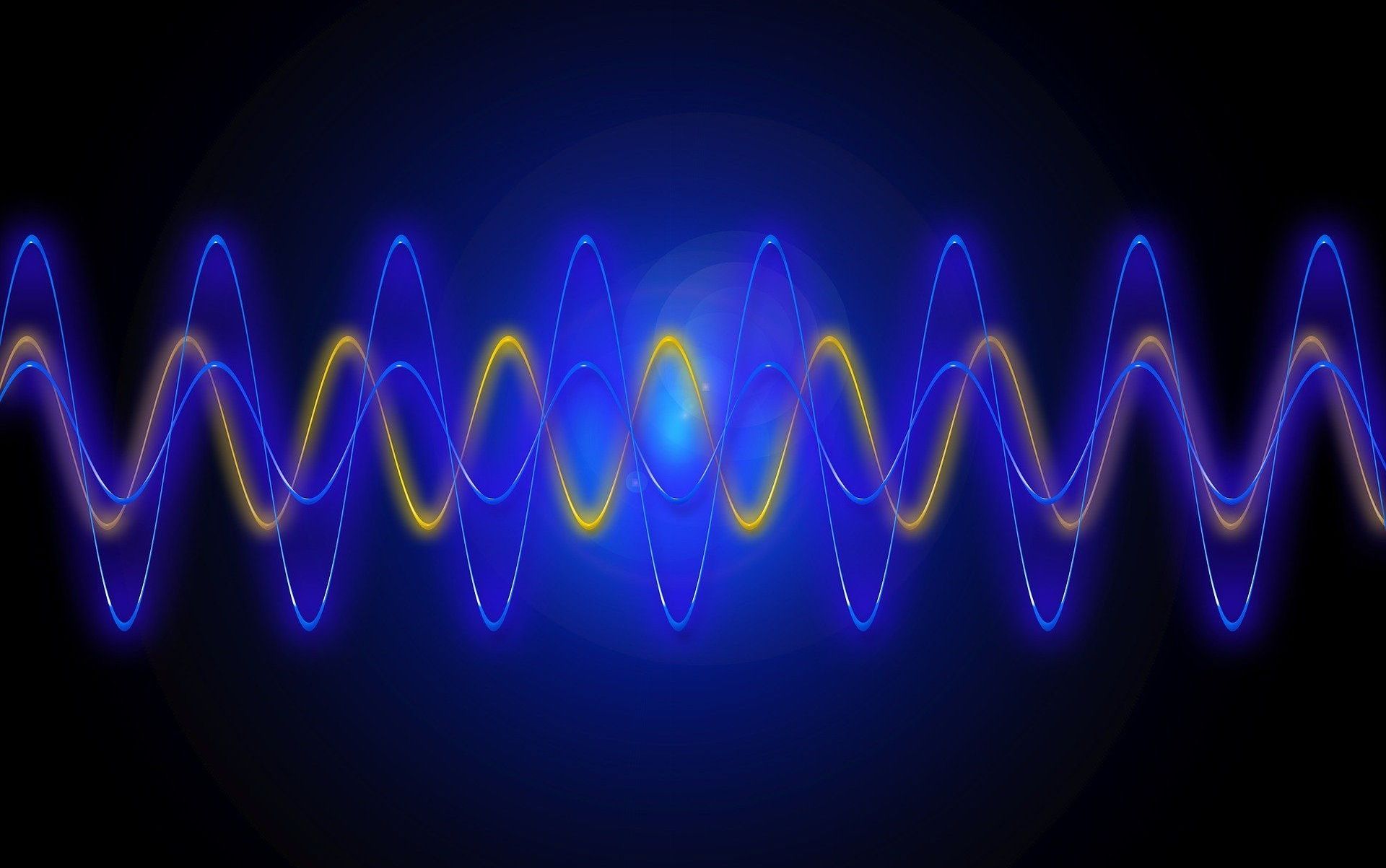Officials have dragged their feet on updating machines and securing data – and a climate of fear could undermine voter confidence.




I have a very important and scary story to share I wrote. Give it a read. It’s published the Napa Valley Register (the main paper of a community where my wine business is newly located). The article is about one of the most common and unexpected ways people around the world die. I almost did.
I recently completed a European speaking tour discussing transhumanism, a social movement whose primary goal is to live as long as possible through science.
Ironically, I’ll probably remember the month-long tour most for a specific 60 seconds—when I almost choked to death on thick, leathery bread in a German restaurant. This may be surprising, but the fourth-leading cause of unintentional death in America is asphyxiation from choking on food, according to the National Safety Council.
In fact, a few years ago, a high school friend of mine who was a talented athlete died when meat became lodged in his windpipe. In total, approximately 2,500 Americans perish every year from choking on food.
Most people never worry about the mechanics of how food travels from the mouth to the stomach—many of us have eaten tens of thousands of times without serious incident. But in today’s modern society, with a range of new types of foods and textures, and the fact many of us are always in a rush (like I was constantly on my speaking tour), people should consider choking dangers far more. People should also know that they can choke on a wide variety of foods that accidentally get stuck in the trachea instead of going down the esophagus.


For some reason, Google is rebranding Google Drive storage plans under the name Google One. Along with the rebranding, Google is also improving its pricing in ways that give customers more options and more storage at lower prices. It marks the service’s first price cut in four years.
Google One plans start at the same place as Google Drive plans — $1.99 per month for 100GB of additional storage — but the situation improves after that. Google is introducing a new $2.99-per-month tier, which includes 200GB of storage, and it’s upgrading the $9.99-per-month tier to include 2TB of storage instead of 1TB.
We signed up for a 2TB storage option to try out Google One. The process is simple, you just head into Google Drive and click on Storage, then Upgrade Storage, to bring up all the possible upgrades.




Forget the Higgs: theorists have uncovered a missing link that explains dark matter, what happened in the big bang and more. Now they’re racing to find it.
By Michael Brooks
911? It’s an emergency. The most important particle in the universe is missing. Florian Goertz knows this isn’t a case for the police, but he is still waiting impatiently for a response. This 911 isn’t a phone number, but a building on the northern edge of the world’s biggest particle accelerator.

A trio of physicists with Columbia University is making waves with a new theory about phonons—they suggest they might have negative mass, and because of that, have negative gravity. Angelo Esposito, Rafael Krichevsky and Alberto Nicolis have written a paper to support their theory, including the math, and have uploaded it to the xrXiv preprint server.
Most theories depict sound waves as more of a collective event than as physical things. They are seen as the movement of molecules bumping against each other like balls on a pool table—the energy of one ball knocking the next, and so on—any motion in one direction is offset by motion in the opposite direction. In such a model, sound has no mass, and thus cannot be impacted by gravity. But there may be more to the story. In their paper, the researchers suggest that the current theory does not fully explain everything that has been observed.
In recent years, physicists have come up with a word to describe the behavior of sound waves at a very small scale—the phonon. It describes the way sound vibrations cause complicated interactions with molecules, which allows the sound to propagate. The term has been useful because it allows for applying principles to sound that have previously been applied to actual particles. But no one has suggested that they actually are particles, which means they should not have mass. In this new effort, the researchers suggest the phonon could have negative mass, and because of that, could also have negative gravity.